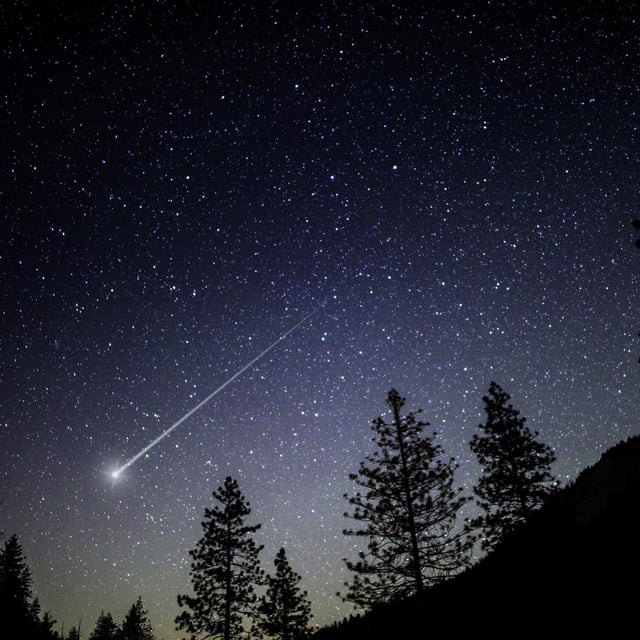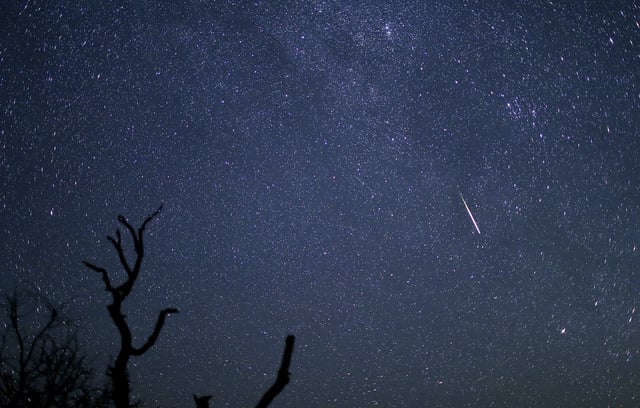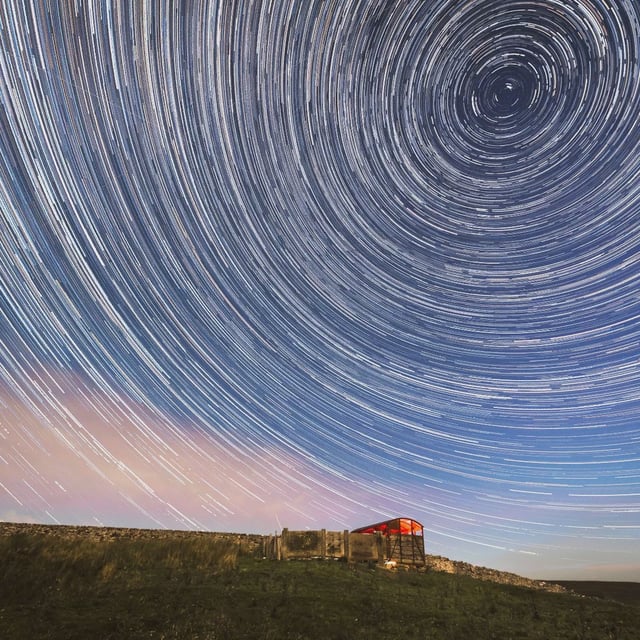Overview
- The Perseid shower launched under clear, moonless conditions after July 23’s new moon, offering steady nightly meteor activity.
- Southern Delta Aquariids and Alpha Capricornids will reach their early-morning highs on July 30, each capable of producing about a dozen meteors per hour.
- Stargazers should seek dark locations away from city lights and observe between midnight and dawn for optimal visibility.
- Perseid rates are steadily climbing toward an August 12–13 maximum of up to 150 meteors per hour, with an August 9 full moon expected to obscure fainter streaks.
- Fireballs will add extra spectacle as the Alpha Capricornids deliver three to five bright, slow-moving bursts per hour and Perseids produce occasional pea-sized explosions.



